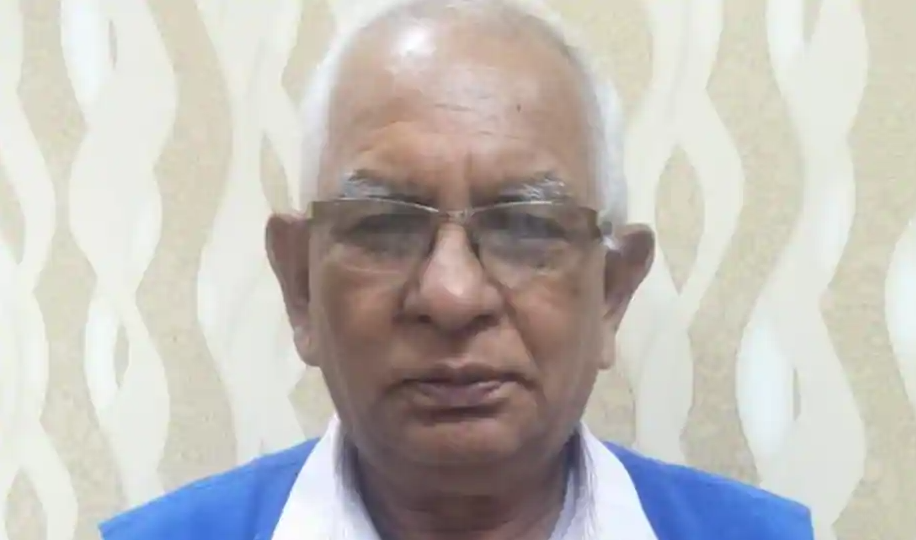TED NewsDesk, New Delhi: With the elections around the corner, the state government chose Professor Kameshwar Jha for his a second run as the Vice-chairman of Bihar State Higher Education Council (BSHEC), as informed by a functionary from the Department of Education.
Mr Jha ended his first term as the first Vice-chairman of SHEC on March 28, 2019. The post went unassigned for almost 18 months since the time Jha ended his tenure. The ex-officio chairperson of the apex higher education fraternity becomes the Education Minister of the state.
On Wednesday, the file reached Governor Phagu Chauhan’s office. The government is likely to announce once Chief minister Nitish Kumar signs those papers. Besides, sources report that the authorities attended a meeting headed by the CM where they discussed the names of nominees of the BSHEC.
BSHEC is a necessary criterion placed under the Rashtriya Uchchatara Shiksha Abhiyan (RUSA) as it helps in escalating the gross enrolment ratio (GER) and improving the standard of education. The centre and state partnership ratio are 60:40 in RUSA. The institutions of Bihar receive the gathered funds under RUSA via BSHEC.
Apart from being the first vice-chairman, Jha is also the author of two books based on the changes witnessed in Bihar under the influence of CM Nitish Kumar’s ‘good governance’. His comeback relies on the new provision in BHSEC Act, 2018. The Governor had informed about the new allowance in January 2020 since the position could not witness any eligible person for almost one and a half years. In March 2018, Bihar Assembly passed the Act. The bill stated that a person of age 75 years or below with five years of occupancy is eligible for the designation of vice-chairman.
Some of the functions assigned to BSHEC include setting up of a framework and its execution, supervising tasks and strengthening capacity. Besides, it is accountable to gather well-timed and precise statistics along with the prolongation of the management information system (MIS).
The principal secretaries of education departments, science and technology, finance, business health and industry constitute BSHEC. Moreover, directors of higher schooling, science and technology and UGC secretary or his/her appointee are also its members. Five members belong to the pedagogical domain. These nominees represent the field of arts, science and technology, civil society, culture, enterprise/vocational skill standardisation. Three vice-chancellors comprising of the VCs of central universities situated in the state also become its members. The remaining two members belong to the professor’s profile or something of parallel significance. The state government elects all the listed members.
The BSHEC is in effect since 2014. However, it needs to function constructively to satisfy the plans of state to focus on upgrading standard and enlistment in larger schooling. It also needs to acknowledge the strict protocols for funding under the Centre’s flagship Rashtriya Uchchtar Shiksha Mission (RUSA), which is associated with potential and authorisation from the National Accreditation and Assessment Council (NAAC).
Presently, 60-65 faculties and only six universities are among the beneficiaries of RUSA funds owing to the strict rules regarding eligibility even though many of them face purposeful resource limitations.
